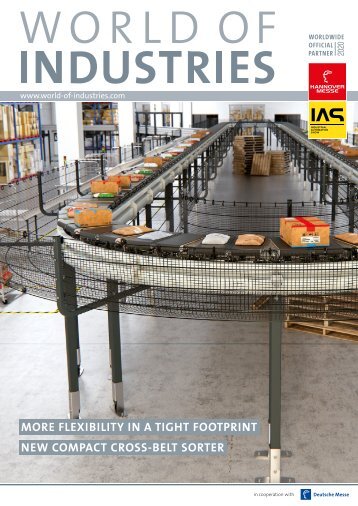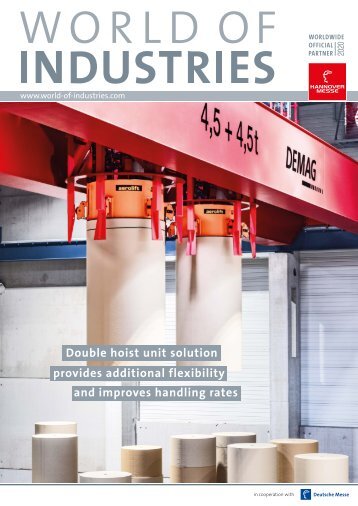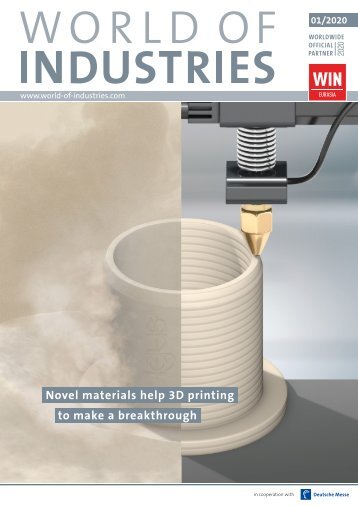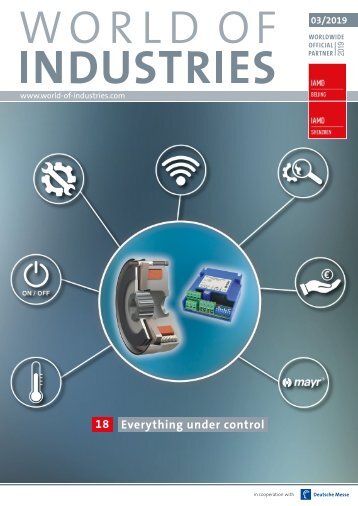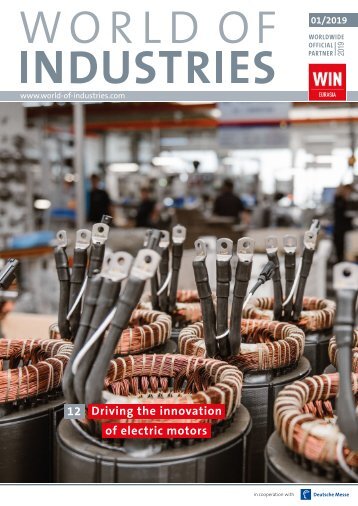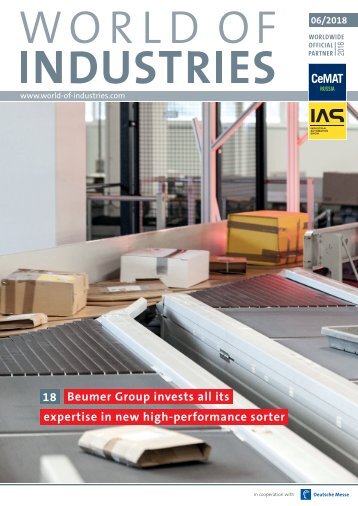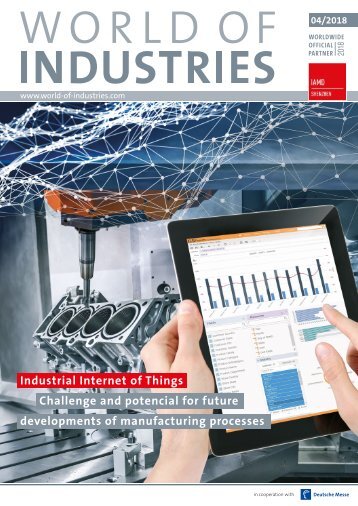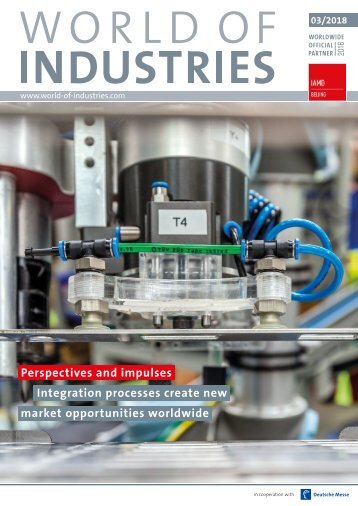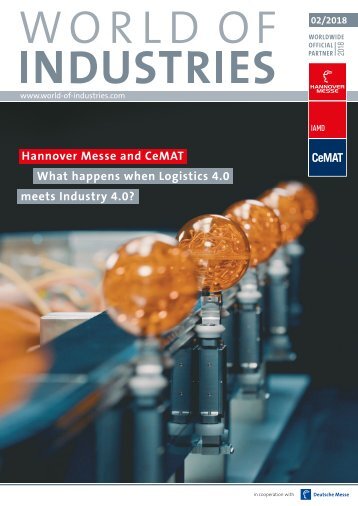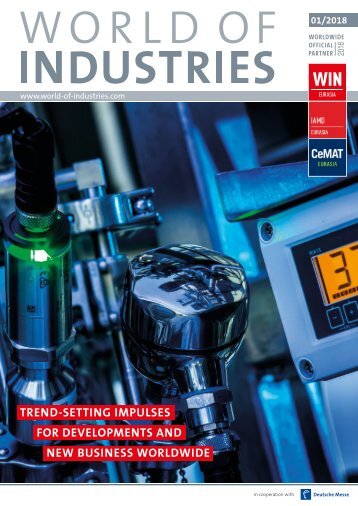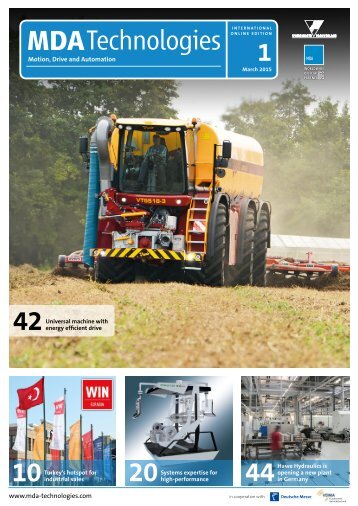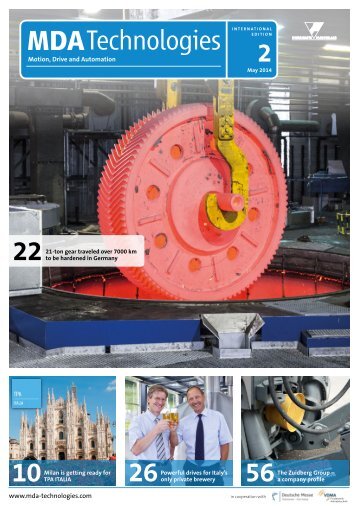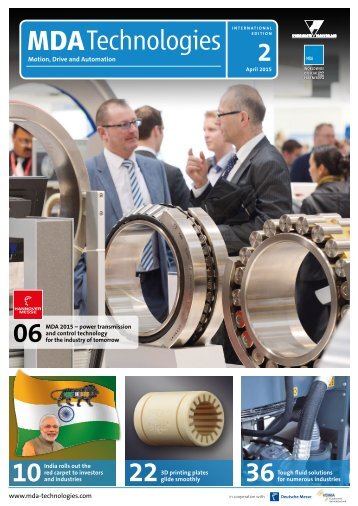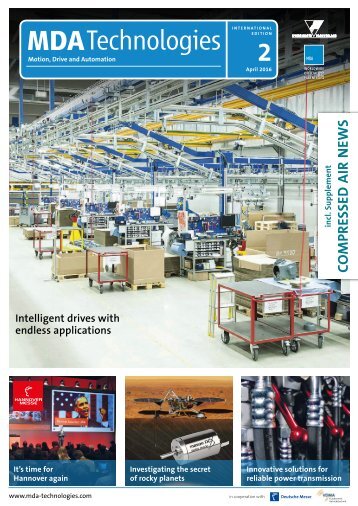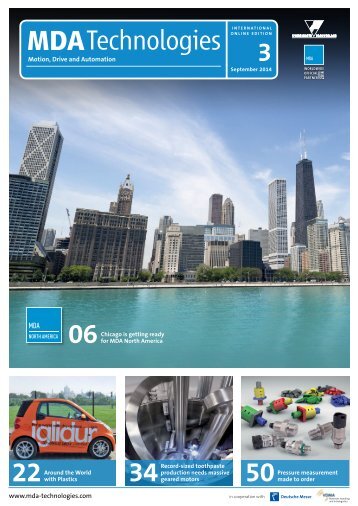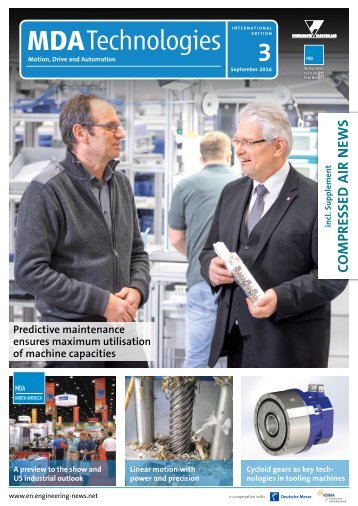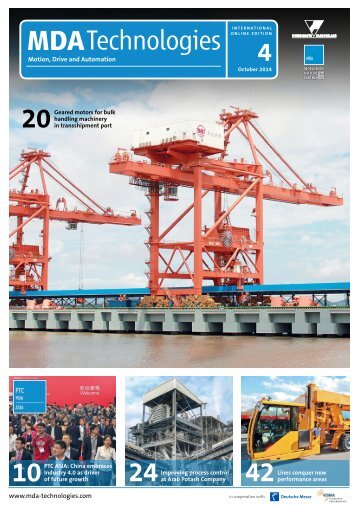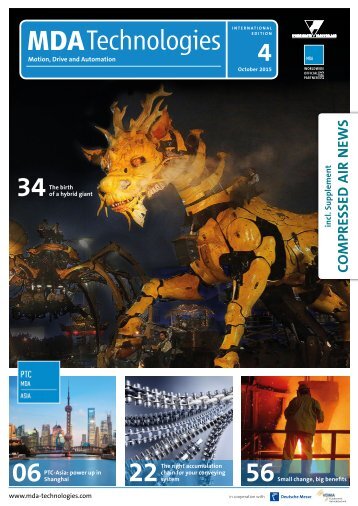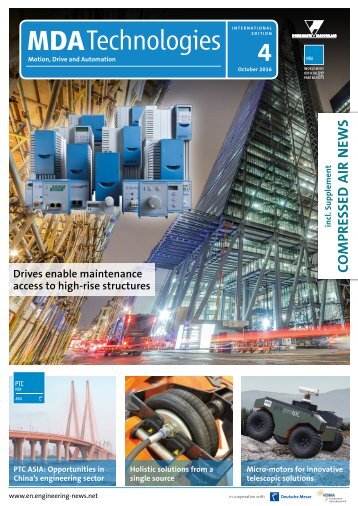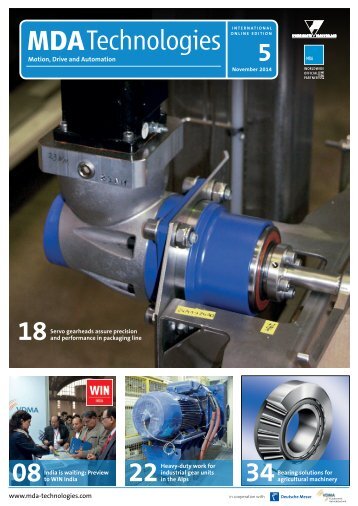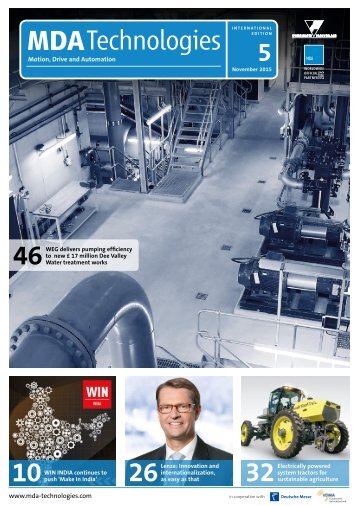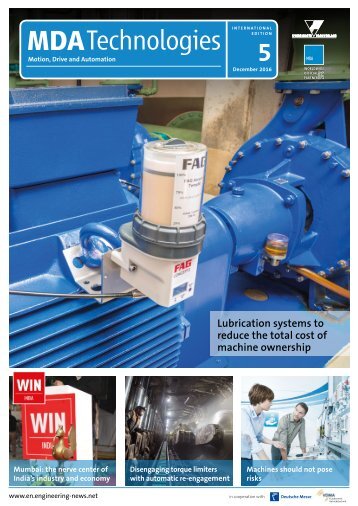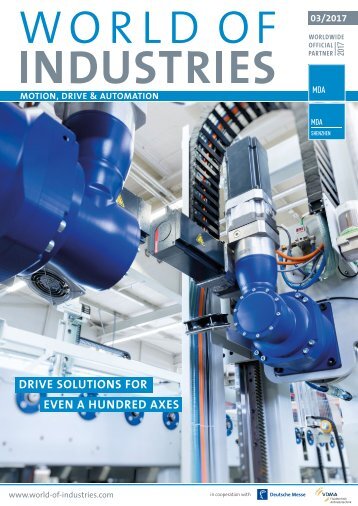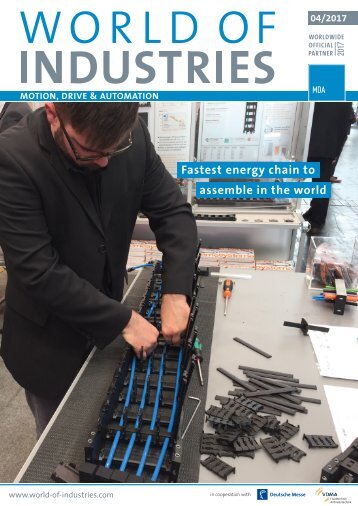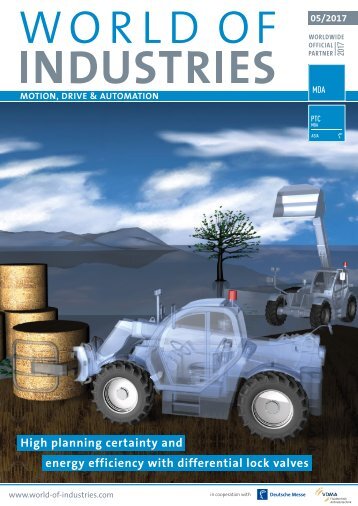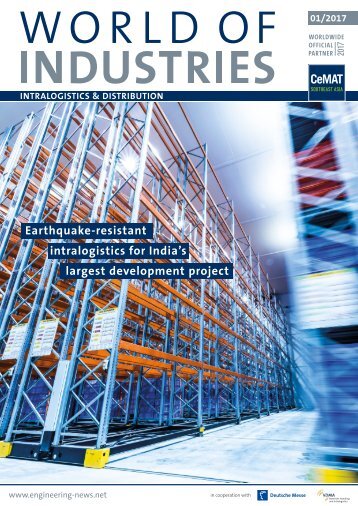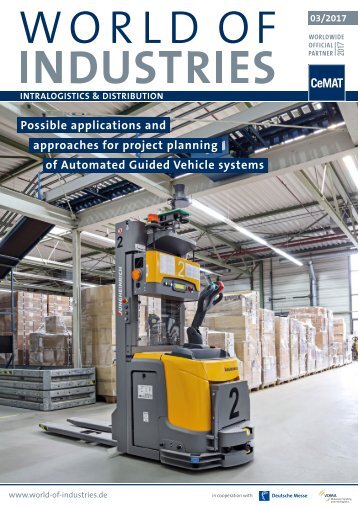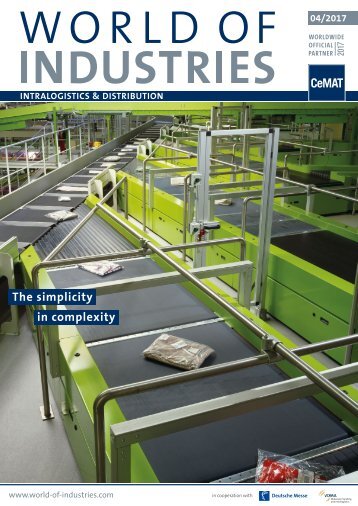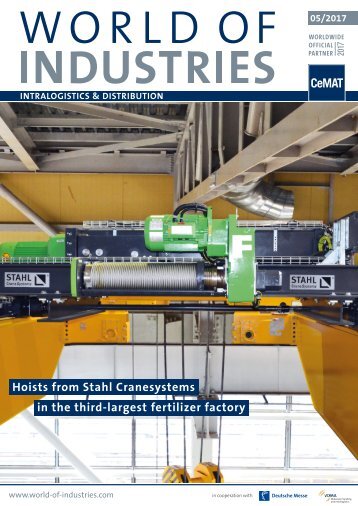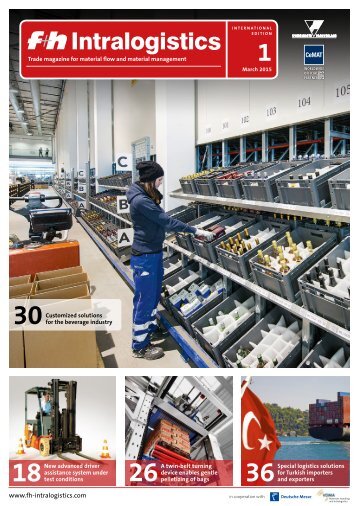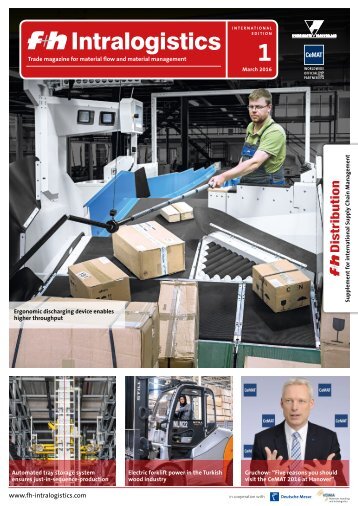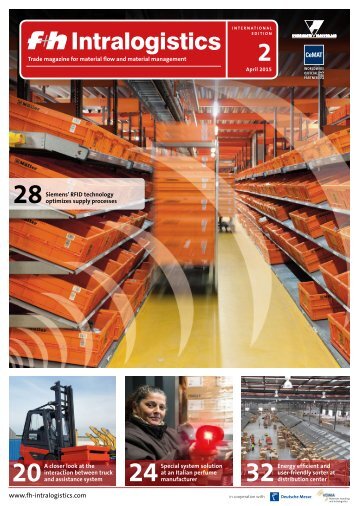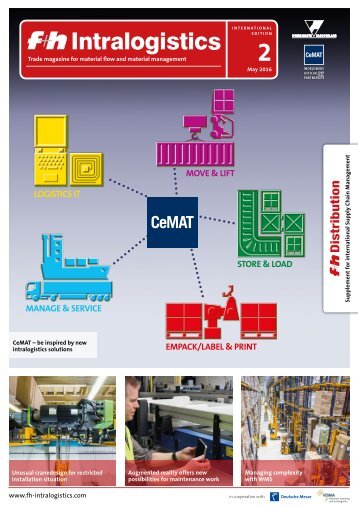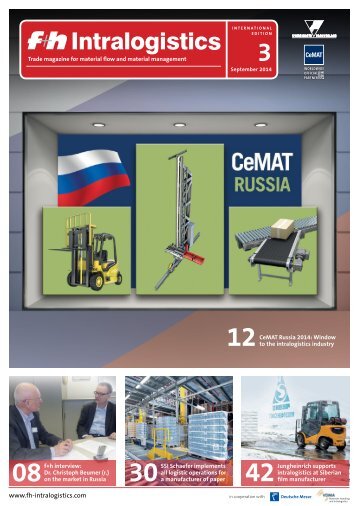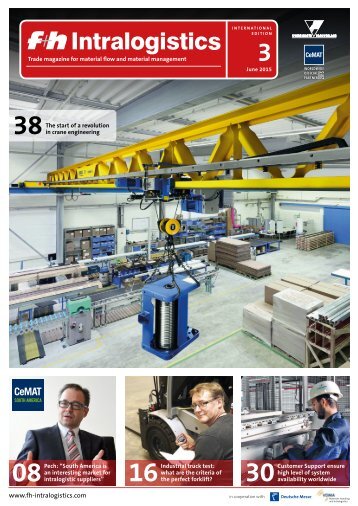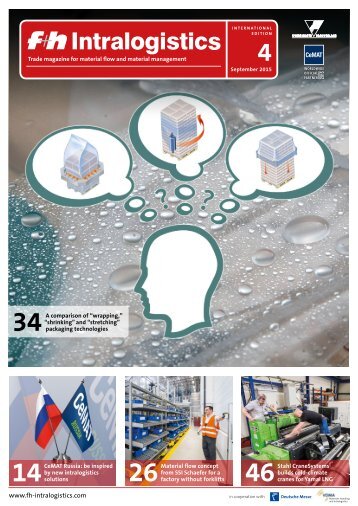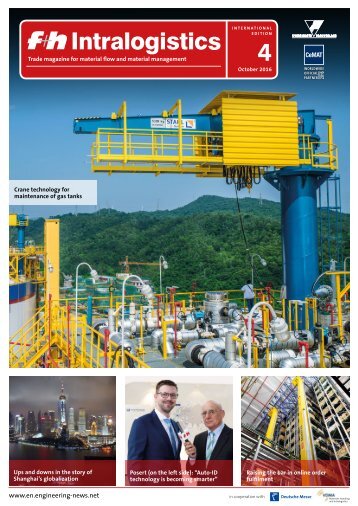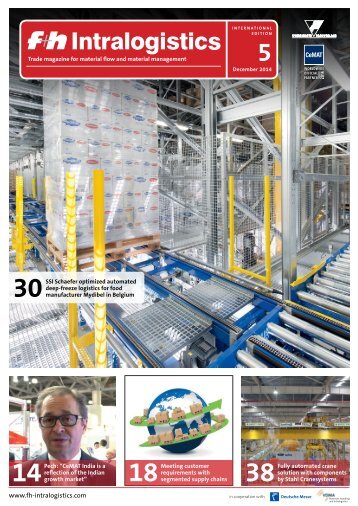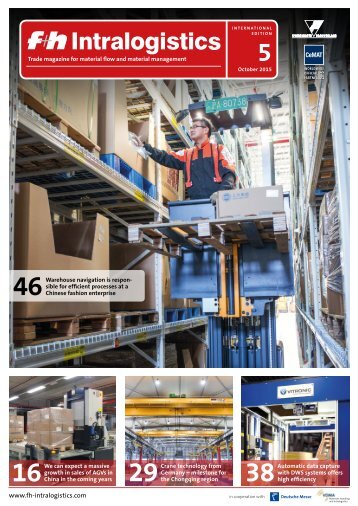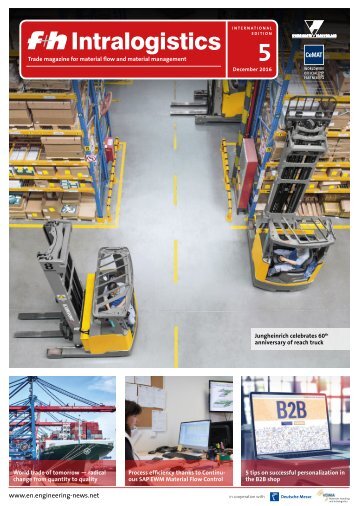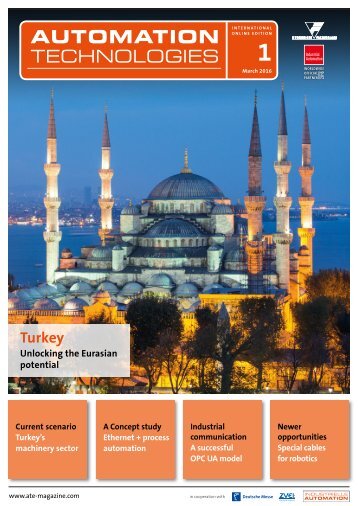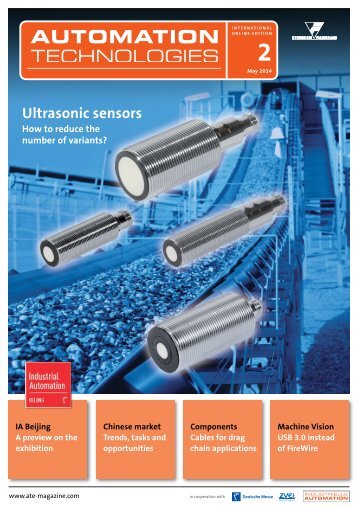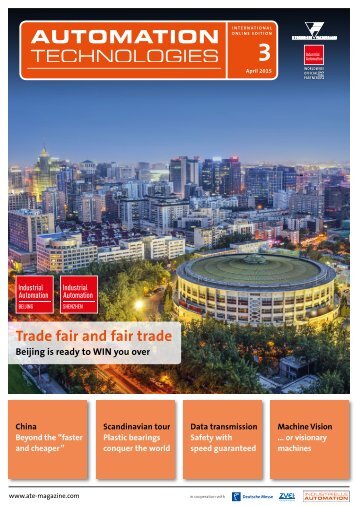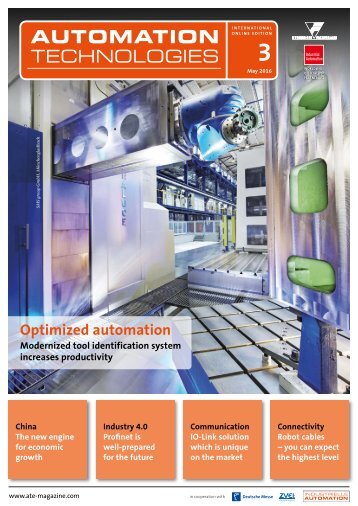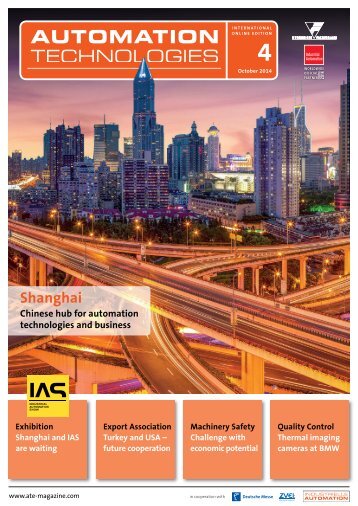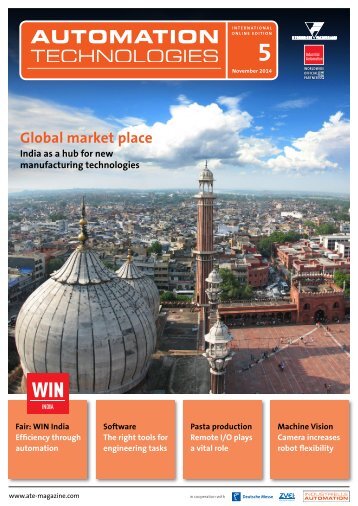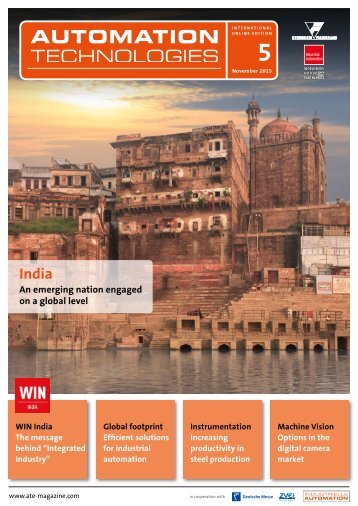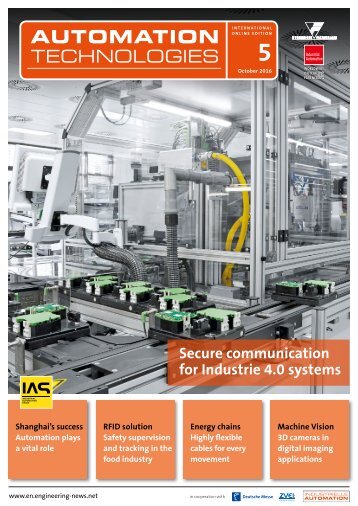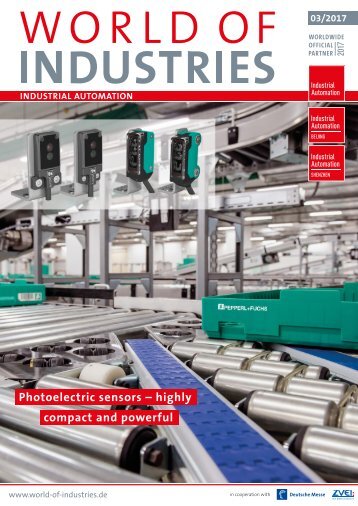f+h Intralogistics 2/2015
- Text
- Fuh
- Intralogistics
LOGISTICS MANAGEMENT
LOGISTICS MANAGEMENT Study by Miebach Consulting examines production and logistic processes In the industrial sector, the conflicts arising from production, logistics and sales cause tensions and problems on a daily basis. However, how great is the potential of interlinking production and logistics more closely? How do production managers and supply chain managers assess the economic success of greater integration? Answers to these questions are provided in the study “Success Factors of Integrated Production & Logistics” (only available in German) conducted by Miebach Consulting GmbH in Frankfurt, Germany. 175 production companies from a variety of sectors and of different sizes were questioned as part of the study “Success Factors of Integrated Production & Logistics”. Participating experts agreed that only those who resolve these conflicts in close collaboration with all of the participants inside and outside the company can be successful. Close cooperation between production and logistics thus provides 94 percent of those questioned with substantial efficiency benefits. However, achieving these objectives requires many stages (Figure 01). 18 f+h Intralogistics 2/2015
01 Starting points for optimizing the collaboration between production and logistics About Miebach The Miebach Consulting Group is a global supply chain consulting company. With around 300 employees in 16 countries, the group of companies provides international supply-chain consultancy and engineering services in logistics and production. The group of companies is headquartered in Frankfurt, Germany, and in 2013 recorded sales of €31.5 million per year. Miebach Consulting was founded in 1973 by Dr. Ing. Joachim Miebach. The company can therefore refer to the last 40 years of know-how when developing and implementing “best-in-class” solutions. 02 Cost reducing potentials following integration of production and logistics Generally, substantial potential in all of the areas can still be achieved by integrating the production and logistic processes. However, according to evaluations by experts, the main potential can be gained from stock costs, a classic interdisciplinary topic within companies. Several departments, suppliers, and customers are involved in the sales planning, disposition, purchasing, production and warehousing spread across several storage levels and distribution centers, if required. Often this results in high levels of stock in comparison to the delivery capacity that can be achieved. In this case, integrated production and logistics help to achieve the overall optimum, coordinate plans, and resolve problems together. Additionally, synergies can be achieved with regard to storage costs by implementing a comprehensive material flow process. Further cost reducing potentials of more than five percent can be achieved during assembly. Another option which has not yet been fully exhausted, is to save costs within production that places particular emphasis on efficiency. A third of those questioned believe that there are cost reducing potentials of more than five percent linked to logistics. A variety of lean principles (to streamline processes) have been implemented partially or completely within production. Although, there is still potential to implement further joint lean principles within production and logistics, for example. “However, lean processes in one area must not reduce efficiency in other areas without at least ensuring full transparency and being approved by all involved,” explains Bernd Müller-Dauppert, partner at Miebach Consulting GmbH. Integrated production and logistics has a total saving potentials of approx. 25 percent across all of the departments (Figure 02). Overall supply chain management An overall supply chain management system is required to increase the potential of optimized processes. The network structures and processes must be optimized. The most appropriate tools include a common process design, cross-departmental projects, regular meetings, joint lean initiatives, and collaborative planning. However, according to the expectations of experts, integrating the production and logistics departments more closely by means of joint divisional management and collaboration during product development should ensure improvement potentials. In light of the rapidly increasing significance of flexibility and ability to adapt to changes, it is particularly important that the departments and their processes are well coordinated with each other and internal changes are implemented quickly. Rigid processes that only focus on efficiency are no longer suitable for future requirements. The technologies used within automation have also developed in this regard “94 percent believe that combining production and logistics provides an efficiency advantage” Bernd Müller-Dauppert and increasingly meet the requirements relating to flexibility and networking. The trend towards further automation continues within production. Germany is increasingly becoming a location where complex, high-quality products are produced and has seen a steady rise in the number of product variants right through to customized production. In future, Industry 4.0 will be able to further increase this versatility by means of optional seamless communication. Images: Miebach Consulting www.miebach.com f+h Intralogistics 2/2015 19
- Page 1 and 2: Intralogistics Trade magazine for m
- Page 3: TABLE OF CONTENT 06 News and inform
- Page 6 and 7: Worldwide News Combilift invests EU
- Page 8 and 9: INTRALOGISTICA ITALIA Intralogistic
- Page 10 and 11: INTERNATIONAL MARKETS I INTERVIEW O
- Page 12 and 13: INTERNATIONAL MARKETS I INTERVIEW a
- Page 14 and 15: FROM RESEARCH Creation of timetable
- Page 16 and 17: FROM RESEARCH uniform timing layout
- Page 20 and 21: INDUSTRIAL TRUCKS I FORKLIFT TEST P
- Page 22 and 23: INDUSTRIAL TRUCKS I FORKLIFT TEST t
- Page 24 and 25: INTRALOGISTICS ICR relies on Junghe
- Page 26 and 27: INTRALOGISTICS platform or type ECE
- Page 28 and 29: IDENTIFICATION Siemens´ RFID techn
- Page 30 and 31: MATERIAL FLOW I INTERVIEW The fully
- Page 32 and 33: MATERIAL FLOW Beumer makes sortatio
- Page 34 and 35: MATERIAL FLOW SDI combines sorting
- Page 36 and 37: E-BUSINESS Integrated logistic solu
- Page 38 and 39: E-BUSINESS 02 Automatic order conso
- Page 40 and 41: LOGISTIC BUILDINGS Selecting a suit
- Page 42 and 43: GLOBAL BUSINESS Bottom-up rather th
- Page 44 and 45: 44 f+h Intralogistics 3/2014
- Page 46 and 47: FORKLIFT TEST I INDUSTRIAL TRUCKS A
Inappropriate
Loading...
Mail this publication
Loading...
Embed
Loading...


